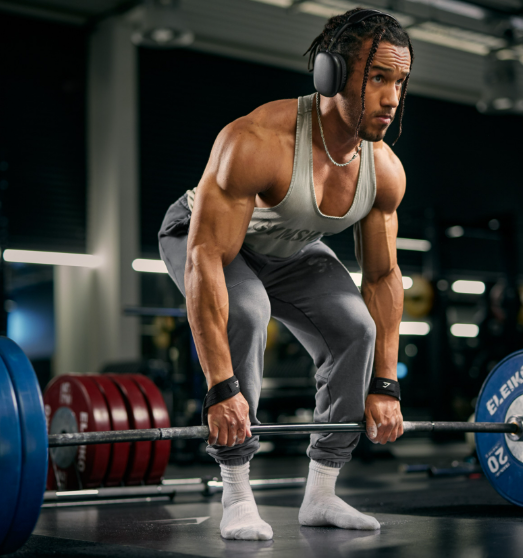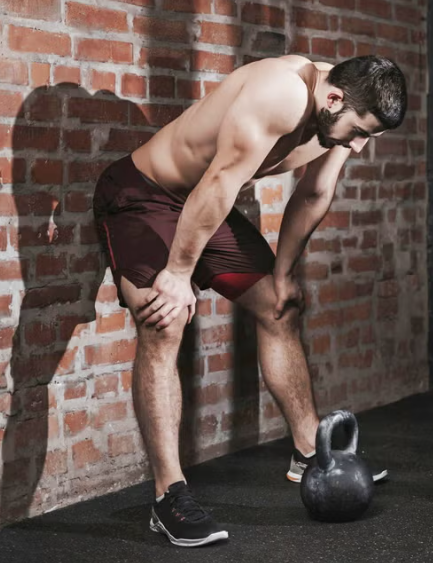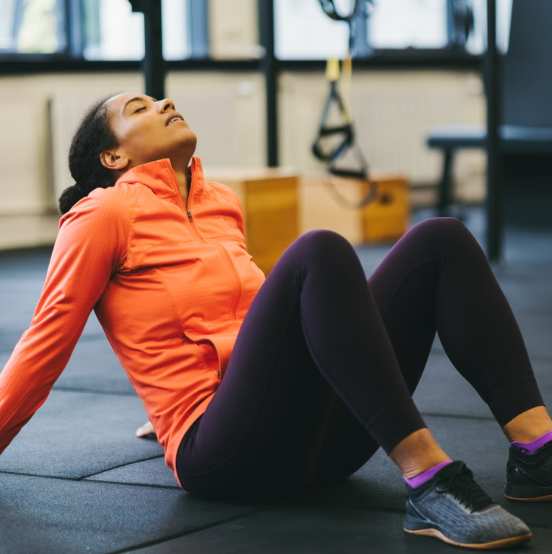
Conventional vs. Sumo Deadlift: Which One is Right for You?
The debate over whether the conventional deadlift or the sumo deadlift is superior has been a longstanding topic in the strength community. Some believe that the sumo version is an easier lift due to its shorter range of motion (ROM), while others argue that it’s simply “cheating” because of the way the hips stay closer to the bar. But is the sumo deadlift really easier? Let’s break down the biomechanics of both styles to understand the differences and what might be best for you.
Both the conventional and sumo deadlifts are full-body exercises that engage the back, hips, knees, and ankles. However, the way each lift places demands on these body parts differs, which leads to different benefits and challenges.
One of the key differences between the two variations is how they affect the spinal extensors. The conventional deadlift requires the torso to lean more forward (around 5% to 10%) compared to the sumo deadlift, which means that the conventional deadlift is harder on the back, especially the spinal erectors. This increased lean places more strain on the muscles that help keep the spine in a neutral position, making the conventional version more taxing on the back.
Another important difference is how the lifts engage the quads. In the conventional deadlift, the shins are almost vertical, and there’s minimal dorsiflexion at the ankles, meaning the quads don’t play a major role in extending the knees. In contrast, the sumo deadlift involves more knee flexion, which places a greater emphasis on the quads. The sumo deadlift essentially starts at a higher point, somewhat resembling the position of a high squat. While the demand on the quads is less than in the squat, it’s greater than in the conventional deadlift.
When it comes to hip extension, both the conventional and sumo deadlifts require the same amount of hip extension to complete the lift. This might seem counterintuitive at first, especially since the hips are closer to the bar in the sumo deadlift. However, the key to understanding this lies in the concept of the moment arm. The moment arm refers to the distance between a joint and the force acting on it. In both deadlift variations, the femur acts as the moment arm, and since femur length doesn’t change, the hip extension demands remain the same.
Despite this, the conventional deadlift demands about 25% to 40% more mechanical work than the sumo deadlift. This is due to the greater distance the bar must travel in the conventional style. In the sumo deadlift, the feet are placed wider apart, and the hands are usually closer to the body, which shortens the range of motion.
So, does this mean the sumo deadlift is easier? Not necessarily. While the bar travels a shorter distance, the sumo deadlift tends to be more challenging off the floor due to the required force to break the bar from the ground. Conversely, the conventional deadlift can be more difficult around the knees, where many lifters experience their sticking point.
Strength imbalances can also affect which lift feels easier. If you have weaker spinal erectors, the sumo deadlift might feel more manageable since it requires less back strength and allows for a more upright torso. On the other hand, if you struggle to break the bar off the ground in a sumo position due to weak quads, the conventional deadlift may feel more natural despite requiring more mechanical work.
Your hip anatomy and mobility can also play a role in choosing the right deadlift variation. Not everyone has the same anatomical structure, and certain body types may find one variation more comfortable or effective than the other.
Ultimately, the best approach is to experiment with both deadlift styles and see which one works best for you. While your current preference might work for now, it could change over time as you develop new strengths or encounter weaknesses. Ideally, you should work with a knowledgeable coach who can guide you in mastering both styles.
I personally find the sumo deadlift to be a great tool for building the quads and upper back strength needed in the bottom position of the squat. Incorporating both variations into your training routine can help you develop more well-rounded strength and avoid hitting plateaus.
Take time to explore both deadlift styles and commit to training each variation over a few months to see which one aligns best with your body mechanics and goals. And remember, technique is everything. Performing either variation incorrectly can lead to missed opportunities for strength gains.
In summary, while both deadlift styles engage similar muscle groups, the conventional deadlift places more stress on the back, while the sumo deadlift puts more emphasis on the quads. Understanding the mechanics of each can help you choose the best variation for your body. If you have a history of back issues, the sumo deadlift might be a safer option due to the more upright torso position and reduced shear force on the spine.




